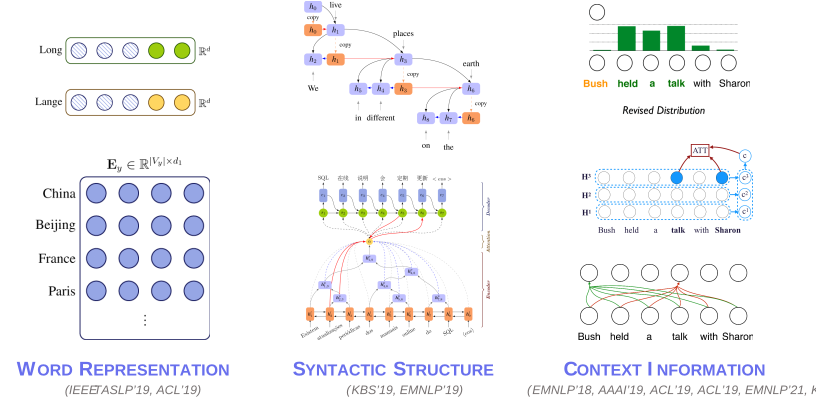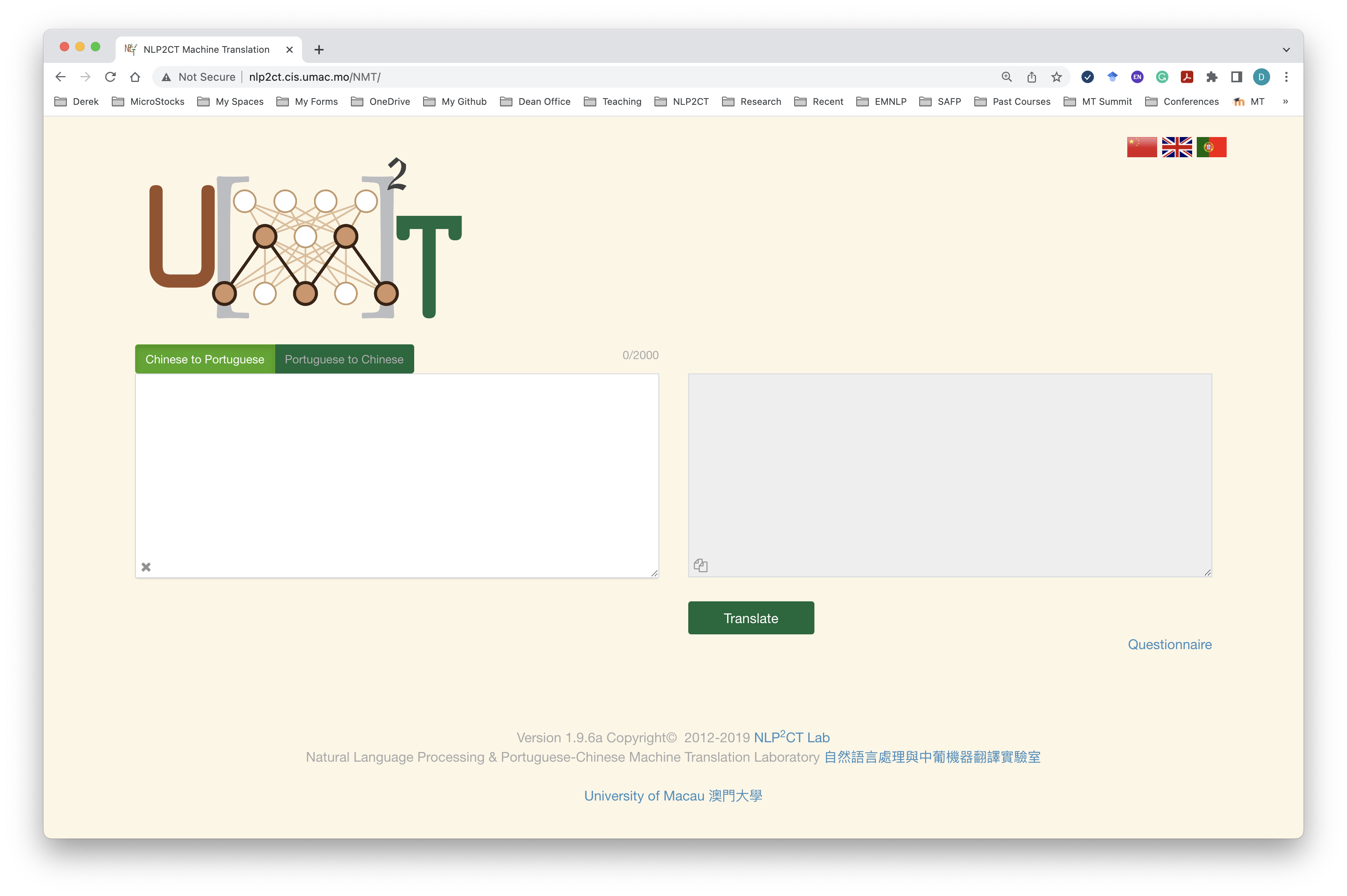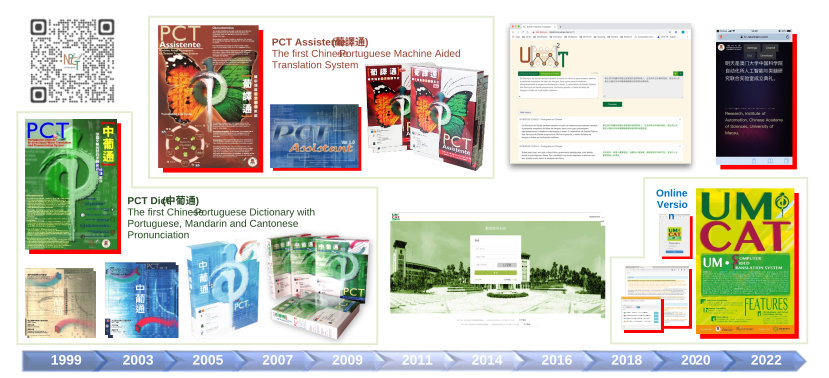Linguistics-Driven Neural Machine Translation Model and Its Application in Chinese-Portuguese Machine Translation System
Wong Fai, Liu Xue Bo, Chao Sam
University of Macau
Machine translation is one of the core areas of artificial intelligence and natural language processing. It can help break down language barriers and enable efficient communication between different languages. Neural machine translation, which is based on the cutting-edge neural network technique, has recently become the mainstream machine translation method. However, due to the low interpretability of neural methods, the current research and application of neural machine translation are stagnant, and the model has reached the performance ceiling. The introduction of linguistic knowledge can improve the model's ability to model sentences and help understand the reasoning process of neural machine translation to improve the translation quality. Starting from the actual demand for translation between Chinese and Portuguese in Macau, this project innovatively proposes linguistic-driven neural machine translation and applies it to the Chinese-Portuguese machine translation system.
This project has developed “UM2T Chinese-Portuguese Online Neural Machine Translation System” and “UM-CAT Chinese-Portuguese-English Computer Aided Translation Platform”. The translation quality between Chinese and Portuguese has significantly surpassed the mainstream online translation systems. Currently, it has been registered and used by more than 50 institutions. In addition to providing real-time, high-quality text translation, our systems are also equipped with functions such as localization of Macao terminology, translation memory, auxiliary prompts, and multi-domain translation, which can serve industries and fields such as technology, politics, culture, and education. This project can help Macao to build a smart city with “barrier-free communication” and a hub city for the “Service Platform for Commercial and Trade Cooperation between China and Portuguese-speaking Countries”.

Fig 1 Linguistics-Driven Neural Machine Translation Models.

Fig 2 UM2T Chinese-Portuguese Online Neural Machine Translation System.

Fig 3 Overview of “Chinese-Portuguese-English Machine Translation Products” Developed by The Project Team (1999-2022).


